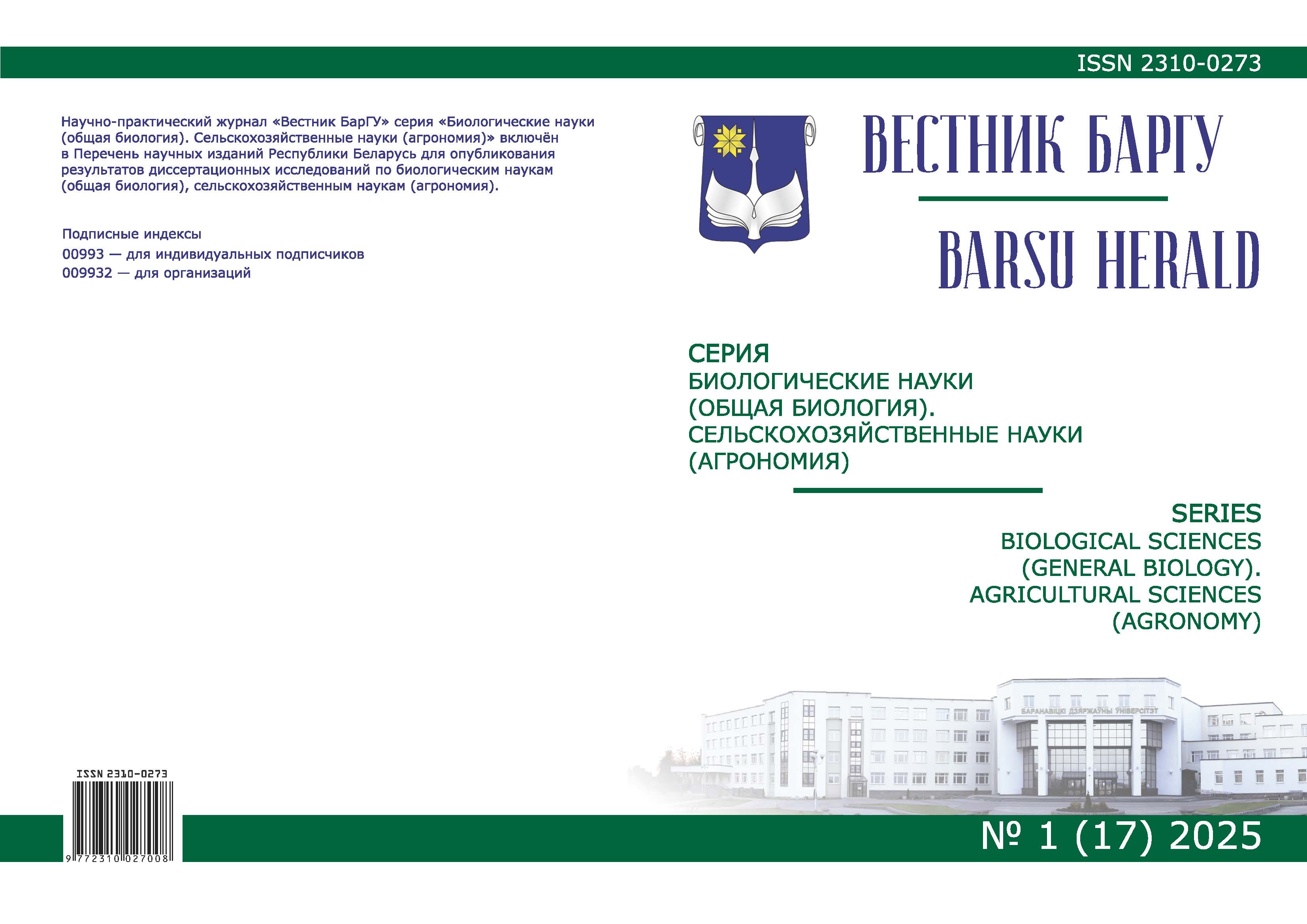CHANGES IN THE CHEMICAL COMPOSITION OF ACER NEGUNDO AND ROBINIA PSEUDOACACIA GREEN LEAF BIOMASS AFTER PASSIVE COMPOSTING
Keywords:
allelochemicals; invasive plants; organic acids; phenolic compounds; phytomass utilizationAbstract
Acer negundo and Robinia pseudoacacia are woody weeds with an expanding secondary range, recognized as invasive species in Belarus and many temperate countries. Due to their high biomass production potential, these plants are being considered for use as organic fertilizer or mulch after mechanical removal. To assess the risk of phytotoxicity from their phytomass to cultivated plants, a study was conducted on the content of organic compounds with presumed allelopathic activity, both before and after 10 months of composting, including during the cold seasons.
The Folin & Ciocalteu’s assay, carried out independently in two laboratories, showed a reduction in total phenolic contents after composting, with 5–6.7-fold decrease in A. negundo leaves and 2.1–4.9-fold decrease in R. pseudoacacia leaves. Gas chromatography-mass spectrometry (GC-MS) analysis of water extracts showed the disappearance of selected (marker) phenolic compounds in both plants after composting. At the same time, the increase in the levels of organic acids was detected in composted phytomass compared to the non-composted material, especially lactic and phosphoric acids. The presumed decomposition of phenolic compounds reduces the phytotoxicity of leaves after composting, while the presence of allelopathically active organic acids may explain some remaining allelopathic effects in the compost. Both the Folin & Ciocalteu’s assay and GC-MS analyses showed no apparent differences in phenolic compounds between A. negundo and R. pseudoacacia non-composted leaves that were dried in the shade and those dried under the sun.
Downloads
Published
Issue
Section
License
Copyright (c) 2023 Вестник БарГУ Серия "Биологические науки. Сельскохозяйственные науки"
Это произведение доступно по лицензии Creative Commons «Attribution-NonCommercial» («Атрибуция — Некоммерческое использование») 4.0 Всемирная.
Авторы сохраняют за собой право заключать определенные договорные соглашения, касающиеся неисключительного распространения опубликованной версии работы (например, размещать ее в институциональном репозитории, публикация в книге) со ссылкой на ее первоначальную публикацию в этом журнале.





